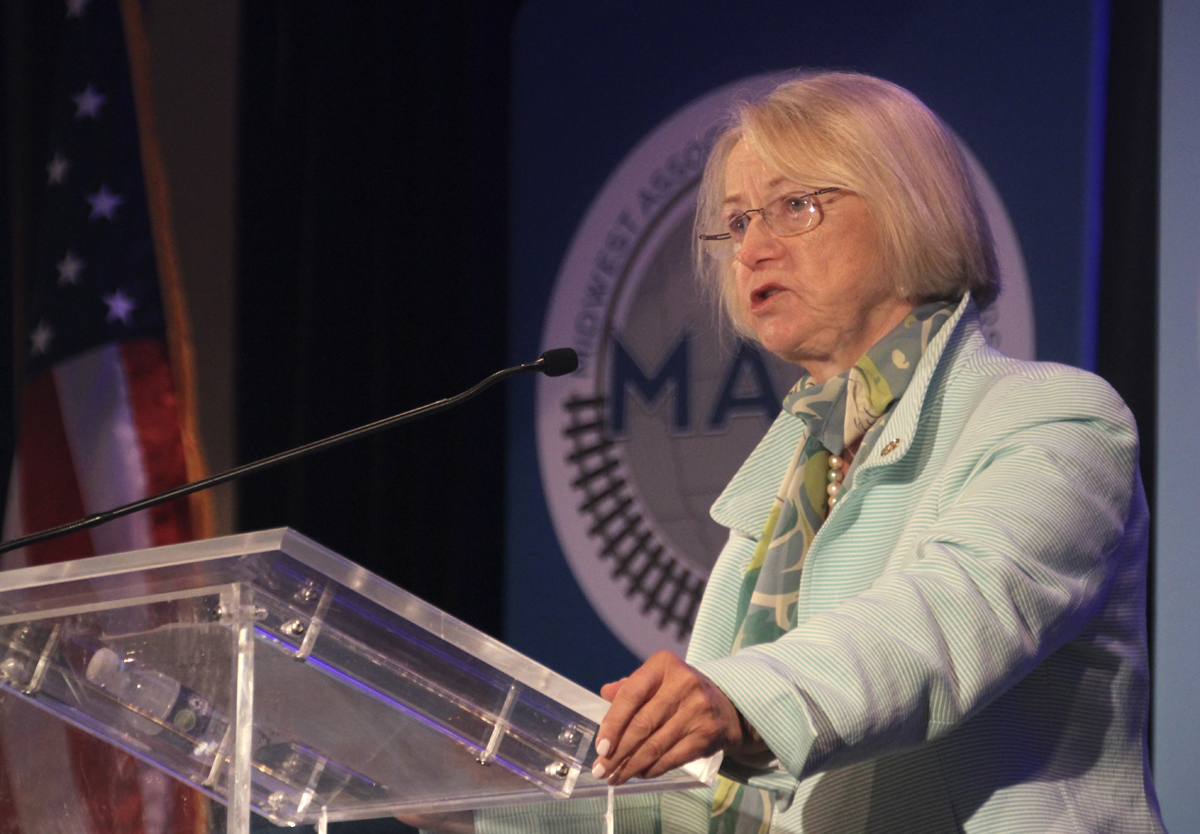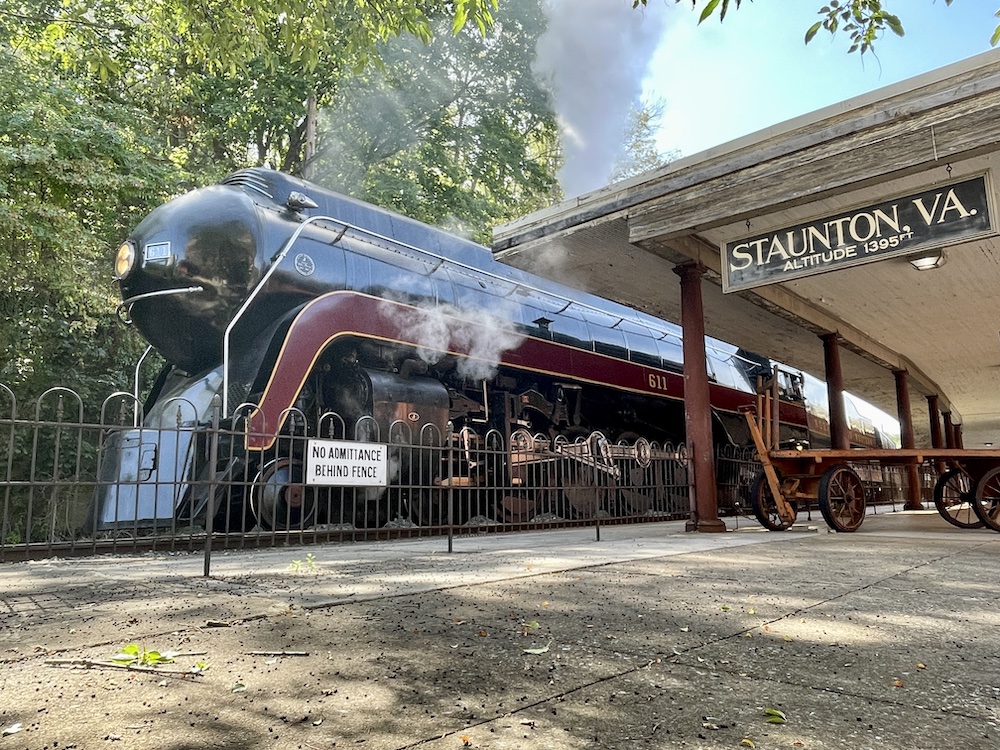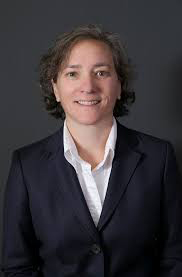But getting to such a system by 2040 depends on resolving some huge questions, such as what technology — conventional rail, maglev or hyperloop — would be used, where it would run and where it would stop, and, most of all, how much construction would cost and where the money would come from.
The business case, released this week by the Washington State Department of Transportation, is an extension and elaboration of an earlier preliminary feasibility study on ultra-high-speed ground transportation connecting the three large metropolitan areas. Funding for the study came not just from the two states and one Canadian province, but from Microsoft.
“The need for continued additional transportation infrastructure investment in the Cascadia megaregion is clear — crowded roads, congested airports, and limited intercity rail service constrain the mobility of residents, businesses, and tourists,” the report says. “Vancouver; Seattle; and Portland, Ore., have the fourth, sixth, and tenth-most congested roads in North America, respectively. Airport delays are making air travel increasingly unreliable, and the travel time and frequency of intercity rail service are not competitive for most trips.”
Ultra-high-speed ground transportation — defined as running speeds as high as 250 miles per hour — would not only save travelers time (Seattle to Portland or to Vancouver, B.C. in as little as an hour) and help unsnarl congestion with other transportation modes, it would also deliver “social benefits such as reductions in greenhouse emissions” and “wider economic benefits linked to an increase in jobs, higher productivity, and other economic impacts resulting from the significant improvement in connectivity.”
The study’s authors say an ultra-high-speed ground transportation system could generate annual ridership of more than 3 million trips and farebox revenues of $156 million to $250 million a year by 2040.
“This level of revenue could make [ultra-high speed rail] in the Cascadia megaregion corridor one of the highest performing intercity rail services in North America,” the report says. “Early comparisons of costs and revenues suggest that projected farebox revenue could be expected to cover operating costs by 2055. In the nearer term, a 10% increase in ridership or a 10% decrease in operating costs would allow [ultra-high speed rail] to cover its operating costs by 2040.”
The report offers no firm timeline for when this might occur, other than to say construction could begin six to eight years from now. As for cost, it refers to estimates in the previous feasibility study of estimated capital costs ranging from $24 billion to $42 billion. It also leaves the source of those costs vague, suggesting that organizers consider federal, state, provincial, and local sources, as well as the private sector.
The report has a lengthy to-do list of recommended next steps, most having to do with further studies and figuring out who will actually coordinate the construction and operation of the system.














Name one government produced rail transit study that didn’t way underestimate costs and way overestimate passenger counts. The producers of the report have no skin on the table.
Instead, bid the project out to private enterprise – construction and operation for 20 years. They bid one-time construction costs and annual operating cost. If they calculate it right they make a nice profit. If they calculate it wrong, they cover the losses. Penalties if they are late in delivering. If you get any bids, you have a winner.
Obviously more complicated than that – but that’s the basic concept.
Yup, I think I agree with must of the opinions here. Instead of mega-ultra-super speed … just regular speed with super-service. (regular 80 miles per hour) See the thing here is perpetuating the government influence in regular business! This project could be federal, state-provincial, city funding!! …some say; . there is no such funding it is you and me the taxpayers money. The success in business does not depends on “corporate welfare” but in users paying for goods and services we consume and gladly pay
I think Kelly Davis is absolutely correct. We need to expand on what we have and up the speeds as much as possible through route improvements and increased frequencies. Why are some countries able to operated trains on 3 minute headways, yet I can sit trackside most places in America and not see any trains for an hour or more? The technology exists to begin improvements and as time goes, newer technologies can be built upon existing technologies that further improve the systems. All it takes is a little thinking out of the box.
In referring to an “ultra high speed route in the Pacific Northwest, have there been discussions of a high speed route across the U. S. From coast to coast, and, if so, what routes are being considered? Are any of the old routes, e. g., Milwaukee Road, D&RGW, among others that have been either abandoned or lightly used belong considered?
I think Kelly Davis hit the nail on the head.
maybe start with more frequencies.
we needed to travel from vancouver to seattle in june.
with only 2 departures each day, the first was too early, (couldnt make the connection) the last got us into seattle way too late.
lets stop bringing up these pie in the sky ideas, and expand on what we already have to meet travelers needs.
Sounds like too many Californians moving to the PNW….
Paragraph 2 is hilariously ironic. Why spend money on a study that does not answer the critical questions of what, where, how much, and where does the land and money come from.
Charles Landey : You hit the nail right on the head !!!!!!!!!!!!!!!!!!!!!!!
I think what they’re saying, is they hope they can get 3 million trips and pray for $156 million to $250 million in fare box revenue.
I’m 72 years old. By the time I was 22 years old I saw right through the word “study”. In my career and in my life I have seen plenty of “studies” I wouldn’t pollute my single-sort recycling bin with.
Yes a “study” said this hyperdypedsuperloop megaspeed train would cover its operating costs. No word about captial costs.
The “study” calls for further “studies”.
Wake me up and blog to me when something concrete is on the table. Until then, stop blogging an otherwise reputable blog site with this horse surplus.
Building more airports would be an answer….oh wait…airlines don’t want anymore airports or competition.
Building a megaline in the states with megataxes makes absolutely great sense.
Just don’t let CALTRANS be the lead agency, they might hire too many contractors.